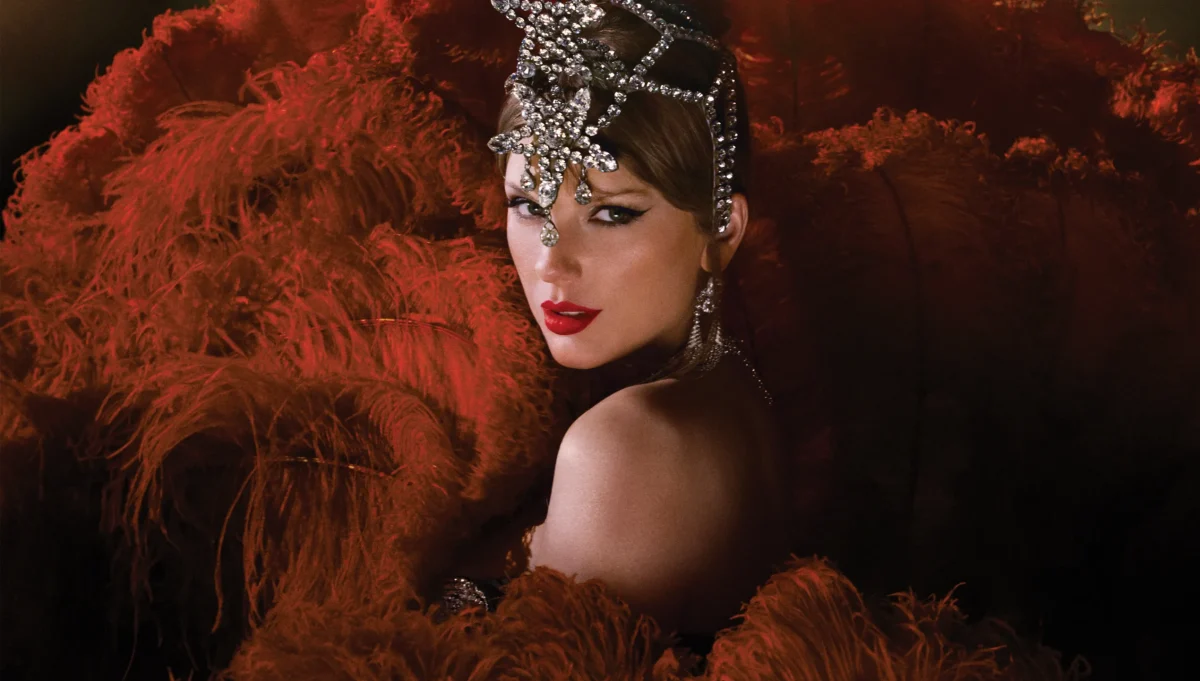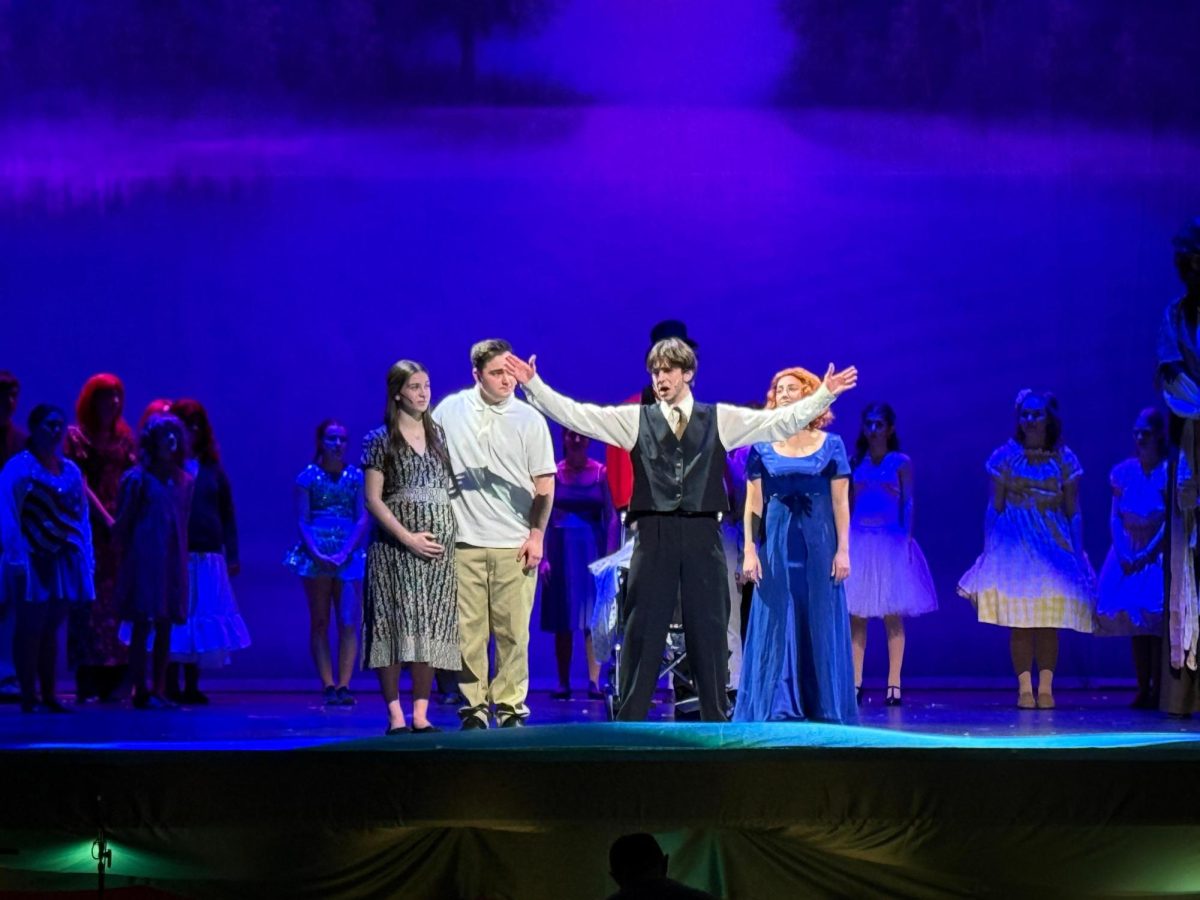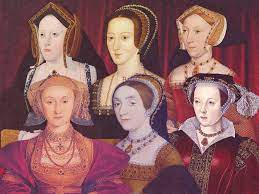Our history has played a major role in the development modern-day society. From the Paleolithic Era, to the Industrial Revolution, humans have depended on culture, innovations, and communication to rapidly advance into the future. Sure, we know the gist of different time periods and the influence of many historical figures, but it’s impossible for school to teach us everything there is to learn about our past. That’s why my goal is to provide surprising and research worthy information on historical topics that are not commonly known.
Many people are constantly looking into our future, especially because of new technological inventions continuously coming about. Though, I find past events fascinating… just how did we go from hunting and gathering to supermarkets? How were various religions and beliefs developed and spread? What were people like during different eras? How are humans living the way we do today?

Let’s start with an era spoken of quite often – the Tudor line in England.
Throughout King Henry VIII’s reign, he had six wives. All of the marriage’s ended with unfortunate outcomes. First he married Catherine of Aragon; she was the daughter of King Ferdinand and Queen Isabella of Spain. If those two names ring a bell, it is because they were the monarchs who funded Christopher Columbus’ voyage to “India,” which accidentally became the Americas. At first, Catherine of Aragon was actually married to Henry’s older brother, Arthur, who passed away due to an illness at just fifteen years of age. Once Catherine and Henry were married in 1509, they had a daughter named Mary. However, Catherine’s failure to provide a male heir upset Henry. Though this resulted with a divorce, Catherine and Mary were cared for and had sufficient living conditions.
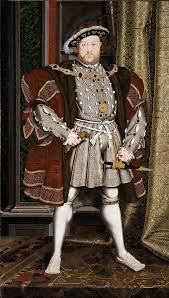
The second wife was the famous Anne Boleyn whom Henry married the same year he annulled his marriage to Catherine. Nice right? Anne Boleyn was known to be beautiful and was loved by many. She gave birth to a girl named Elizabeth; who later reigned as queen. Though Henry was once again frustrated that he did not have a son; and this time the result of his emotions were catastrophic. He accused Anne Boleyn of things such as witchcraft, adultery, and even treason. Henry even wanted to erase all evidence that Anne Boleyn existed, but obviously failed to do so. Most historians believe that Anne was completely innocent, but despite this, she was arrested and executed on May 19, 1536.
:max_bytes(150000):strip_icc()/Henry-VIII-58fa453a3df78ca159f82363.jpg)
It is thought that Henry’s third wife, Jane Seymour, was the only one he was truly in love with. This time, Henry did not have her crowned queen unless she provided a male heir. Then in October 1537, Jane gave birth to Prince Edward. Unfortunately Jane Seymour passed away due to an infection only two weeks after birthing her son. She was buried at Windsor Castle, and was the only one of Henry’s wives to be buried alongside him.
Two years after Jane Seymour’s death, Henry sought out a new wife. At this particular time, Henry and his advisors felt that England needed a strong foreign ally. Thus, Henry was shown portraits of the Duke of Cleves’ daughters, Amelia and Anne. He fancied Anne and continued to plan their wedding. However, when he saw her for the first time in person, he thought she was unattractive. Henry and Anne’s marriage ultimately only lasted for a few weeks before it was annulled.
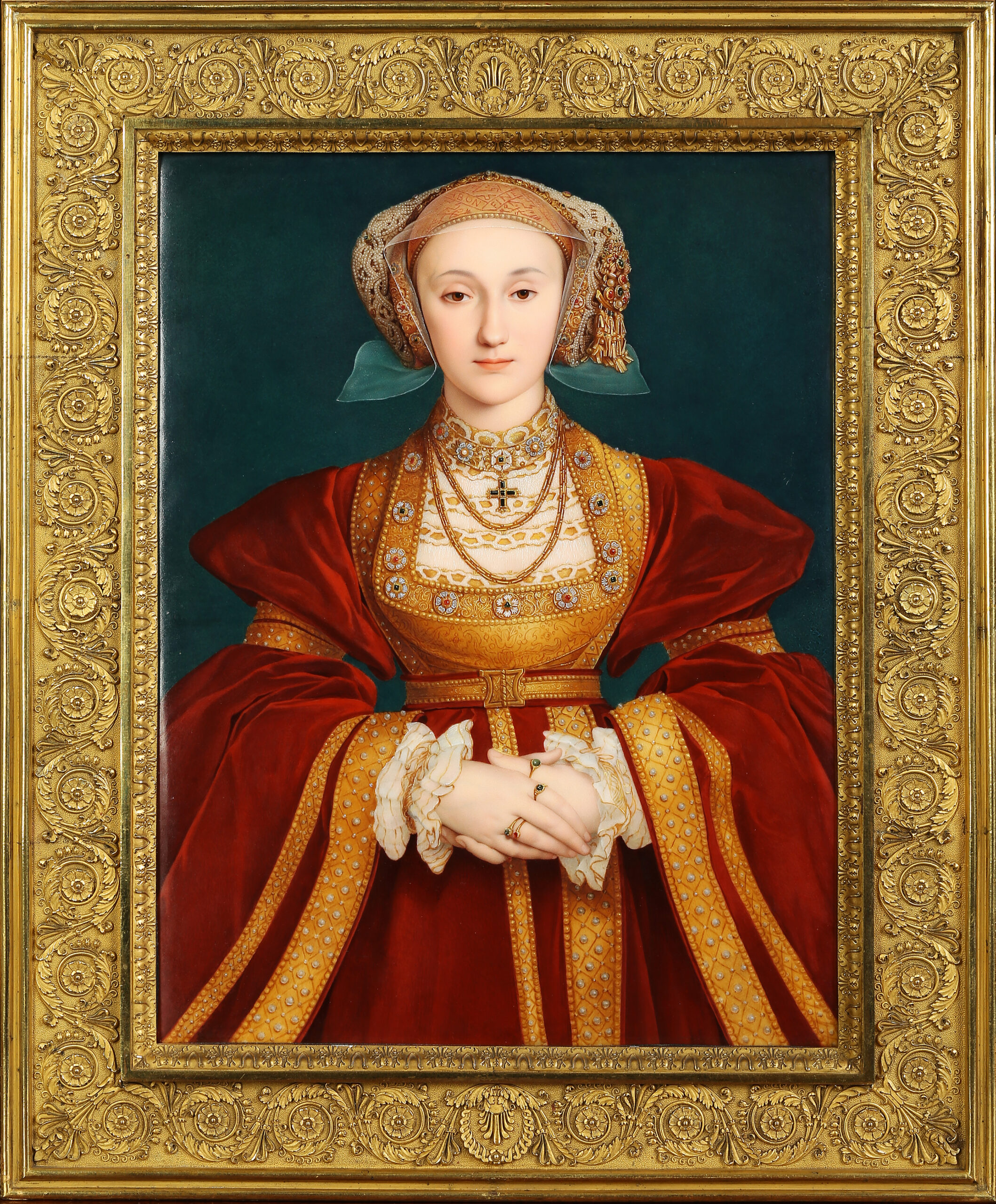
The next woman to marry King Henry was actually Anne of Cleve’s teenage lady-in-waiting, Catherine Howard. She was also a close relative of Anne Boleyn. Henry was 49 years of age when he married 17 year old Catherine. He was thrilled to be married to her and buried her in gifts and jewels. On the other hand, Catherine was not very happy. She was still young and adventurous, and ended up cheating on the king numerous times. Soon after authorities found out, Catherine Howard was beheaded.
Henry’s last spouse; and the only one to survive being married to him, was Catherine Parr. She was thought to be extremely intelligent and had an ambition for absorbing more knowledge. At one point she was primarily interested in Protestantism – a new religion that developed largely due to the Enlightenment. Despite the royals suspicions, Catherine Parr strived to be a good wife. She outlived Henry; he died on January 28, 1547.
This is just a brief summary of Henry’s various marriages; if you are interested in learning more, there are countless websites like this one: The Six Wives of Henry VIII that provide information on the topic. In addition to that, there is a Broadway play called Six which brings the story and personality’s of King Henry VIII and his wives to life with upbeat pop music!






